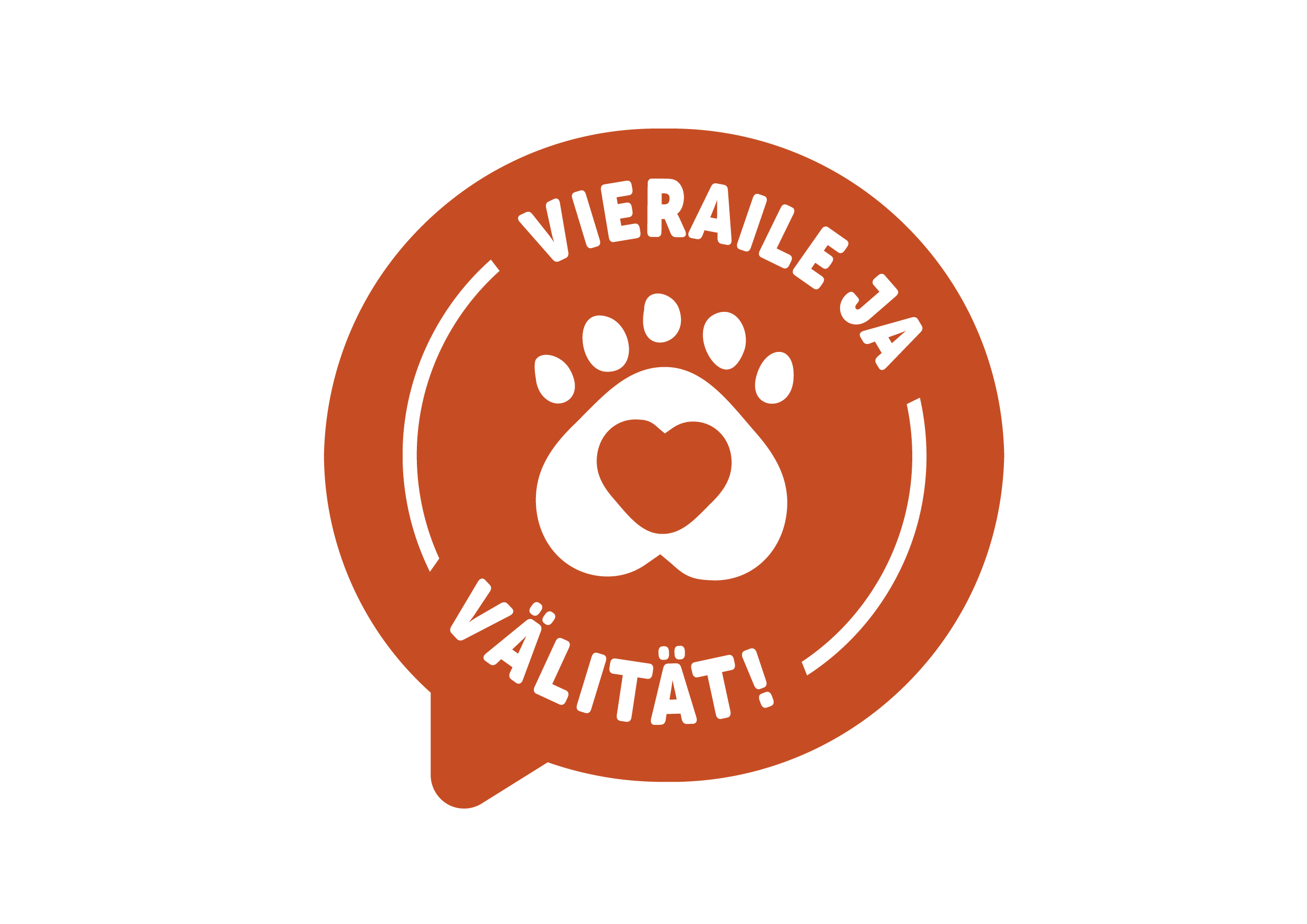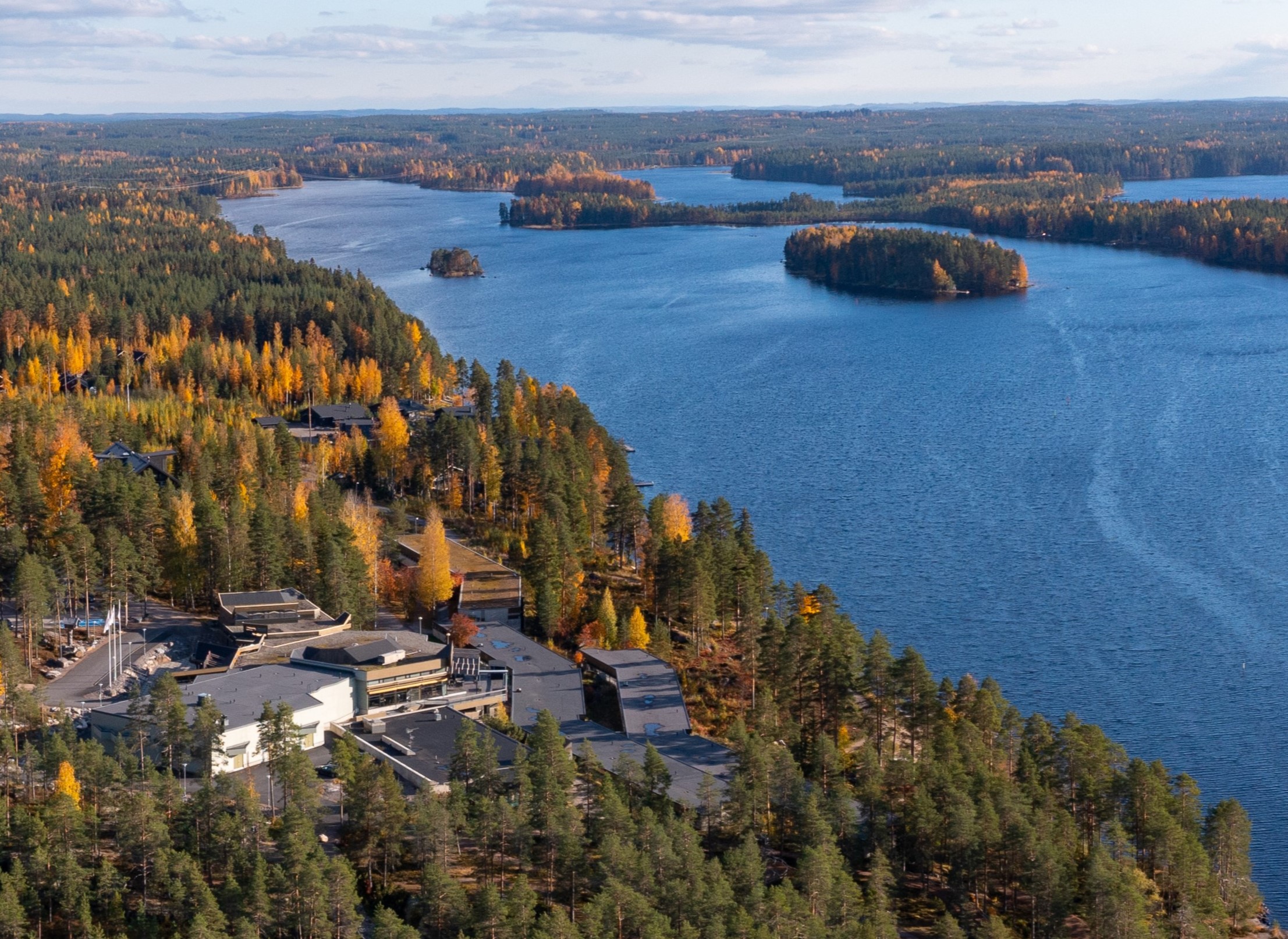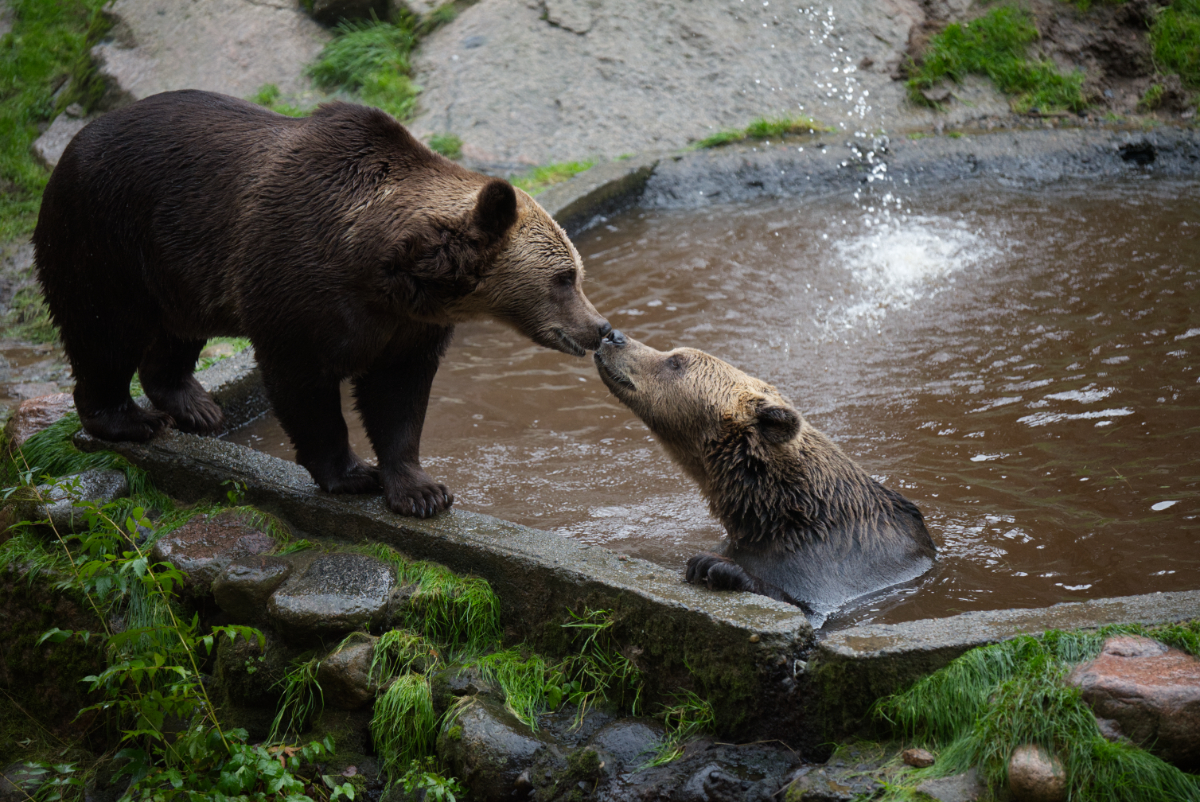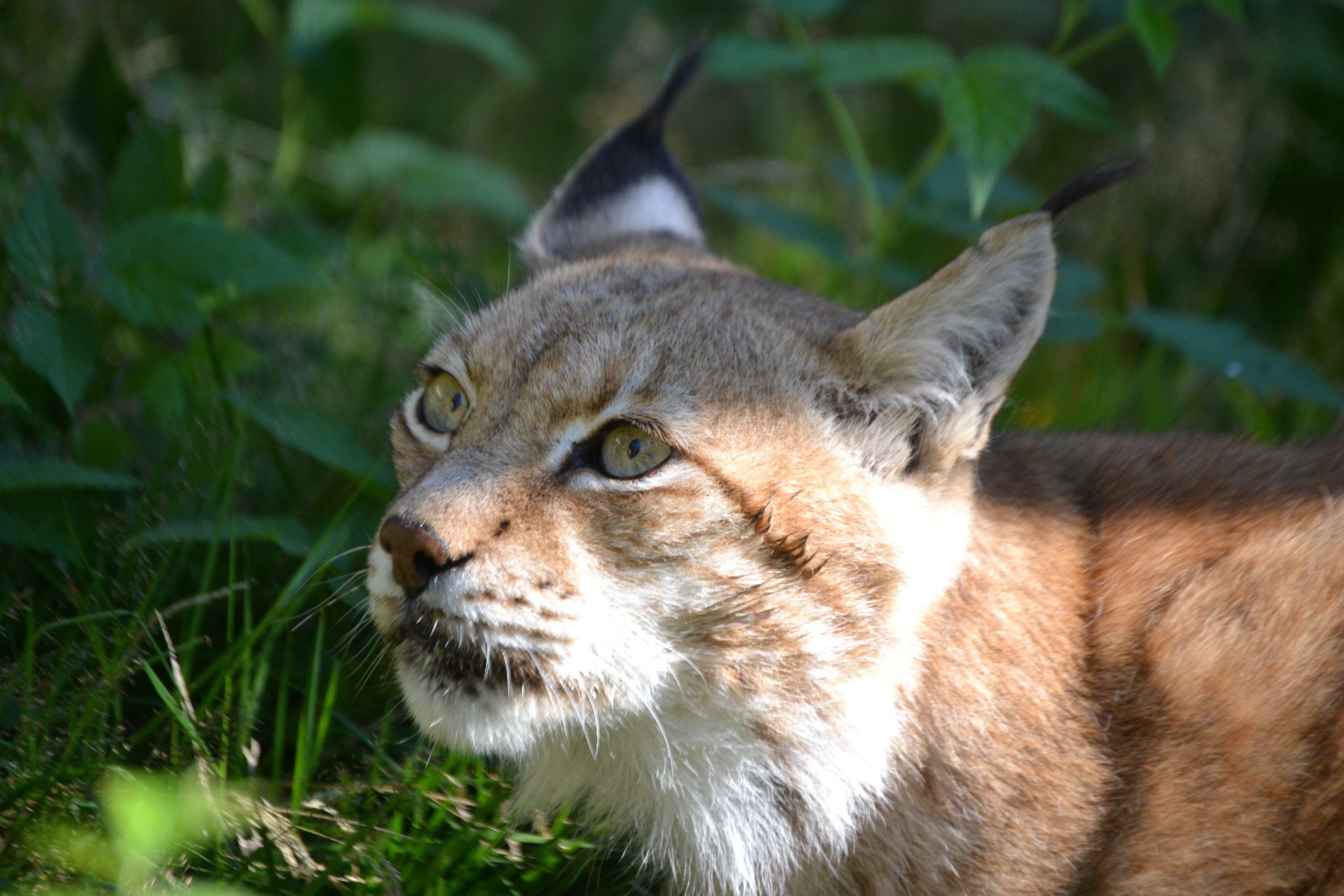Yes, you can observe Finnish animals in environments that closely resemble their natural habitats at Ähtäri Zoo, Finland’s oldest naturalistic wildlife park. Spanning across 60 hectares of forest, the zoo creates spacious enclosures that authentically replicate the native environments of Finnish animals. This approach allows visitors to experience wildlife in settings remarkably similar to their true wilderness habitats, while supporting conservation efforts. Families can observe bears, wolves, lynx and other Finnish species that would otherwise be challenging to spot in the wild, all whilst enjoying an educational and meaningful outdoor experience.
What makes Ähtäri Zoo unique for viewing Finnish wildlife?
Ähtäri Zoo stands apart through its commitment to creating authentic wildlife experiences within its vast 60-hectare forest setting. Unlike conventional zoos, our approach focuses on providing expansive, natural enclosures that closely mimic the animals’ native Finnish habitats.
The zoo’s unique landscape features diverse Finnish forest ecosystems, including pine forests, wetlands, and rocky terrains—all representing the native landscapes where Finnish wildlife naturally thrives. This environment allows animals to display natural behaviours and seasonal adaptations that visitors might never witness in the wild.
Walking through the zoo feels more like hiking through Finland’s pristine wilderness than visiting a traditional animal park. The carefully designed pathways guide families through different forest zones whilst providing strategic viewing points where children and adults can observe animals behaving naturally. This immersive approach creates meaningful connections between visitors and Finnish wildlife while prioritising animal welfare through naturalistic living conditions.
Our conservation-focused philosophy means we prioritise education about native species alongside the protection of endangered animals, offering visitors authentic insights into Finland’s natural heritage rather than merely displaying animals.
Which native Finnish animals can you see at Ähtäri Zoo?
At Ähtäri Zoo, visitors can observe an impressive array of iconic Finnish wildlife species that are often elusive in their natural wilderness habitats. The brown bear, Finland’s national animal, is one of our most popular residents, showcasing its natural behaviours in a spacious forest environment.
Our collection of native Finnish animals includes:
- Majestic brown bears
- Finnish wolves
- Eurasian lynx
- Wolverines
- Playful otters
- European elk (moose)
- Finnish forest reindeer
- Wild forest reindeer
- Various native bird species
Each of these species represents an important part of Finland’s ecosystem, and many would be extraordinarily difficult for families to spot in the wild. The wolverine, for example, is one of Europe’s most elusive predators, yet at Ähtäri Zoo, visitors have the opportunity to observe this rare and fascinating animal.
In addition to these native species, we also house some non-native animals like snow leopards, which help visitors understand broader conservation challenges whilst complementing our educational mission. To enhance your wildlife experience, consider joining our guided animal tours and feeding sessions where expert staff share fascinating insights about these magnificent creatures.
How do the enclosures at Ähtäri Zoo mimic natural habitats?
Our enclosures are thoughtfully designed to replicate the exact environments where Finnish wildlife would naturally thrive in the wild. Each habitat is created with meticulous attention to the specific needs and natural behaviours of its inhabitants.
For forest animals like bears and wolves, we maintain extensive wooded areas with native vegetation, fallen logs, and varying terrain that encourages natural foraging, exploration, and den-making behaviours. The spacious environments allow animals to establish territories and move freely as they would in wilderness settings.
Water-loving species such as otters enjoy enclosures with flowing streams, ponds and banks that mirror their natural riparian habitats. These features enable them to swim, dive, and engage in playful behaviours that reflect their wild counterparts.
Seasonal changes are embraced rather than mitigated, allowing animals to experience natural weather patterns and develop appropriate seasonal behaviours. During winter, many species grow thicker coats and adjust their activities just as they would in the wild—providing visitors unique insights into natural adaptation.
We carefully select vegetation within each habitat to match what animals would encounter naturally, from specific tree species to ground cover and seasonal plants. This authentic environment not only benefits animal welfare but creates a more educational experience for visitors who can observe genuine wildlife behaviours.
The vast 60-hectare forest setting means enclosures can be generously sized whilst maintaining appropriate distance between species, creating a more peaceful atmosphere that reduces stress and promotes natural behaviour patterns.
When is the best time to visit for optimal wildlife viewing?
Each season offers unique wildlife viewing opportunities at Ähtäri Zoo, with animal activity and behaviour changing throughout the year. Spring (April-May) brings heightened animal activity as many species become more energetic after winter, making it an excellent time to witness playful behaviour and increased movement.
Summer months (June-August) provide the longest viewing hours with extended daylight, though some animals may be less active during peak afternoon heat. Morning visits between 9-11am and evening hours after 4pm typically offer the most active viewing during summer.
Autumn (September-October) presents a spectacular backdrop of colourful foliage while animals prepare for winter, often increasing their feeding activity. This season showcases natural behaviours like food caching and territory marking.
Winter (November-March) offers a unique perspective on how Finnish wildlife adapts to snow and cold. Some species display special winter behaviours while others showcase impressive cold-weather adaptations. The contrasting white snow makes spotting animals easier, and fewer visitors means a more peaceful experience.
For families planning their visit, weekdays typically have fewer crowds than weekends, allowing for more relaxed viewing. Special feeding times offer guaranteed animal activity, and our animal feeding schedules can help you plan your visit for optimal viewing opportunities. Don’t forget to visit our shop for educational materials and memorable souvenirs that extend the learning experience beyond your visit.
What educational experiences do families gain from visiting?
Families visiting Ähtäri Zoo embark on an immersive educational journey that extends far beyond simply viewing animals. Children and adults alike develop a deeper understanding of Finnish wildlife ecology and the critical importance of habitat conservation through direct observation of animals in naturalistic settings.
Our educational approach focuses on experiential learning, where visitors discover how different species have adapted to Finland’s unique ecosystems and seasonal changes. Information boards throughout the park provide fascinating facts about each species’ role in the ecological balance, their natural behaviours, and conservation status.
Families particularly appreciate our guided tours where knowledgeable staff share insights about animal behaviours being observed in real-time, creating memorable learning moments. These interactive sessions help children connect theoretical knowledge about wildlife with actual observation, making abstract concepts concrete and meaningful.
The zoo’s educational programming emphasizes conservation awareness by helping visitors understand threats facing Finnish wildlife and how everyday choices impact natural habitats. Through age-appropriate information, even young children begin to grasp their role in protecting the environment.
Many parents report that their children develop increased empathy for animals and enhanced environmental consciousness after visiting. The authentic habitat design helps families understand the actual living conditions of wildlife and why preserving natural environments is crucial for species survival.
Special educational materials designed specifically for family visitors are available at our shop, providing resources to continue the learning experience at home.
How does visiting Ähtäri Zoo support wildlife conservation?
When you visit Ähtäri Zoo, your admission directly funds vital conservation initiatives that protect vulnerable species both in Finland and globally. As Finland’s oldest naturalistic zoo, we channel resources into breeding programmes for endangered species, helping to maintain healthy genetic diversity for at-risk populations.
Your visit supports our participation in international conservation networks, where we collaborate with wildlife experts worldwide to develop best practices for species preservation. This includes active involvement in European Endangered Species Programmes (EEP) that coordinate conservation breeding across multiple facilities.
The educational impact of your visit extends beyond our gates—by learning about conservation challenges, visitors become advocates for wildlife protection in their communities. Families often report making more environmentally conscious decisions after understanding the real-world impacts on the animals they’ve connected with at our zoo.
We invest in scientific research that advances our understanding of wildlife behaviour, health, and habitat requirements. These insights not only improve care for animals in protected environments but also inform wilderness conservation strategies.
Our commitment to creating authentic habitats demonstrates sustainable approaches to wildlife management that balance animal welfare with conservation goals. By experiencing these thoughtfully designed environments, visitors gain appreciation for what natural habitats should provide.
Through experiencing Finnish wildlife in carefully created natural settings at Ähtäri Zoo, families contribute directly to ensuring these magnificent animals continue to thrive both in managed care and in the wild for generations to come.




